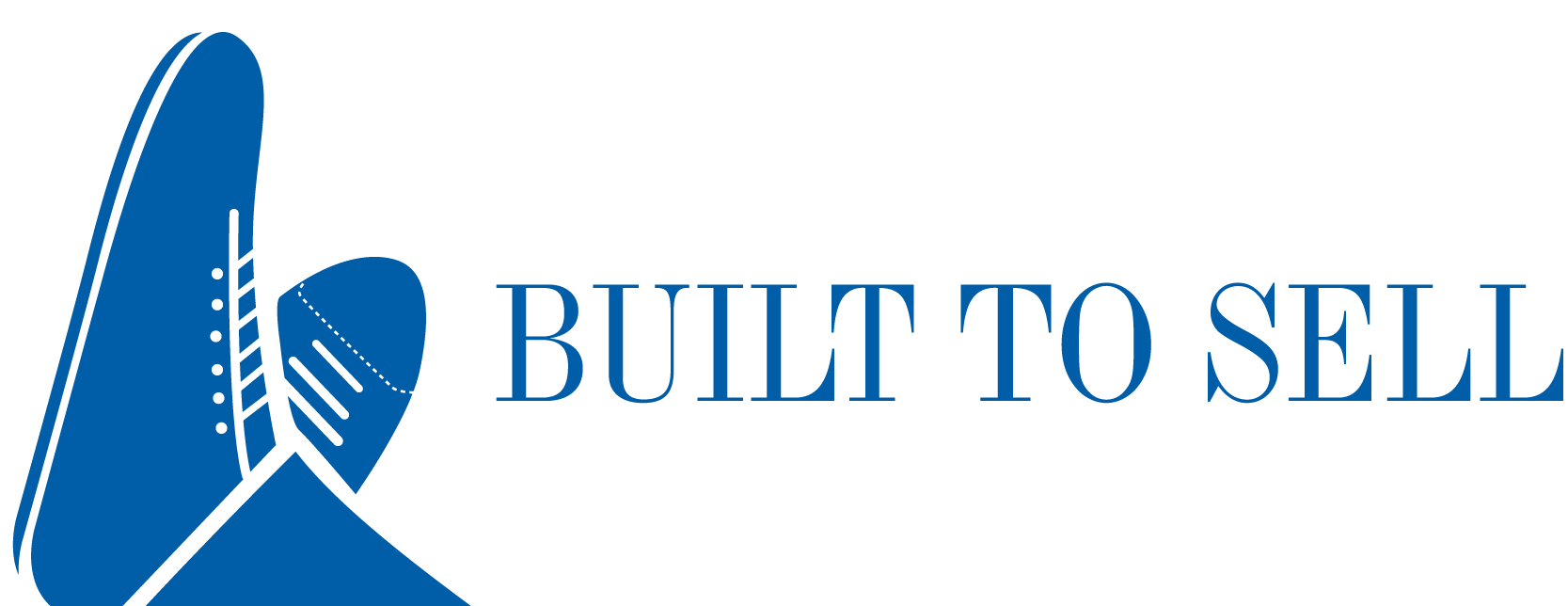About this episode
Steve Huey bought The Learning House for $2.7MM in 2007 because he saw the opportunity to professionalize its sales and account management. Five years later, Huey sold the business for $27.5MM earning his shareholders an 8 to 1 return.
In this episode, you’ll hear Huey’s advice on:
- How to raise a $4MM angel round in seven days.
- An inexpensive way to figure out what your business is worth.
- Buying a business with little of your own money down.
- Handling a buyer who drops their offer after signing an LOI.
- Differentiating between an earn-out and an escrow.
Have You Built an Automatic Business?
The Learning House garnered an offer from a private equity firm of almost four times their top line revenue because they had a recurring revenue model. Turning your transactional model into an annuity stream is what we tackle in The Automatic Customer Builder tool, our focus in Module 5 of The Value Builder System™. Complete Module 1 by getting your Value Builder Score.
Click to Tweet: Episode 67 of #BuiltToSell Radio: The 8:1 Flip with Steven Huey.
To hear the entire episode on iTunes, click here and don’t forget to subscribe! You can also find us on Stitcher , Soundcloud, or anywhere podcasts are found!
At Built to Sell we’re all about shifting the balance of power from the buyer to the seller. If you support our mission, please write a review on iTunes—and if you have any comments or questions you can find us on Twitter and Facebook. Tune in every Wednesday for another episode of #BuiltToSell Radio with John Warrillow.
About Our Guest
Steve Huey is passionate about helping others reach their goals. His belief is that human capital is quickly becoming the only differentiator between good companies and great ones. He strives to create a corporate culture that embraces the entrepreneurial spirit in order to align both personal and professional goals. Huey believes if you can do that, you are assured success. Huey also loves integrating cutting-edge technologies into already existing markets that desperately need them. An experienced executive in leading and growing technology-based businesses, he manages aggressive and innovative management teams—including business development, product design and management, software architecture and operations management.


